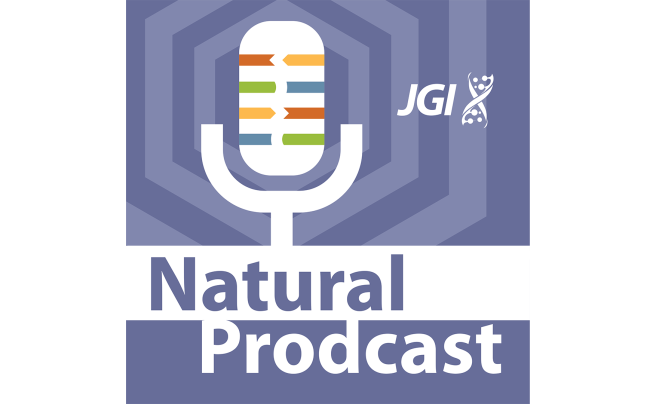
Natural Prodcast is a “fireside chat”-style podcast about natural products and the science and scientists of secondary metabolism. Natural products, secondary metabolites, and specialized metabolites all refer to the chemicals that make species unique and different from one another. They are incredibly important to medicine, the environment, and human health. As the JGI acts on its goals in — and builds out its capabilities for — secondary metabolism research, “Natural Prodcast” serves as an important line of communication to the scientific community. Host Dan Udwary talks to luminaries in the field about current and future developments, and how the JGI can be part of that space.





